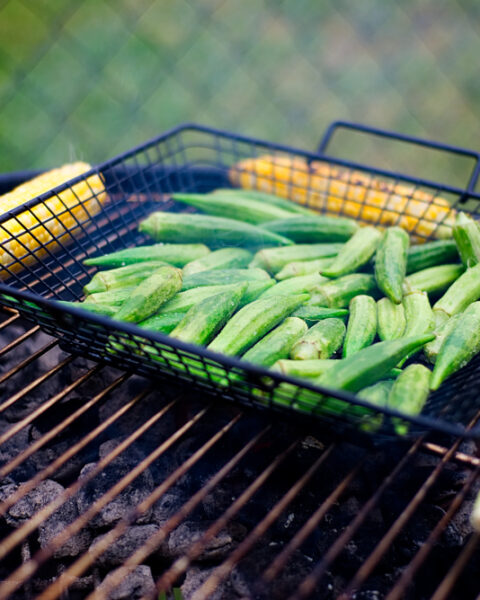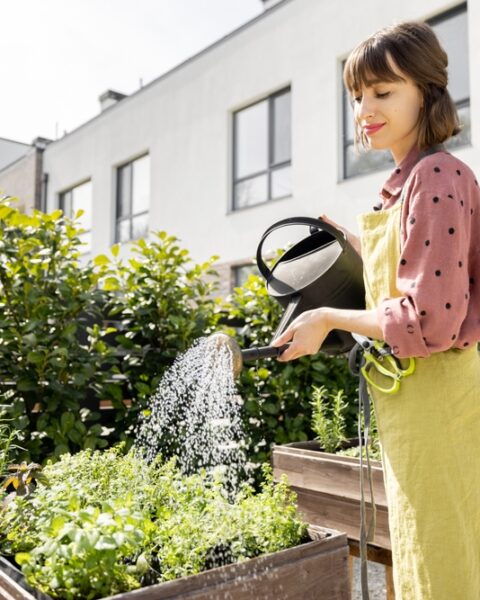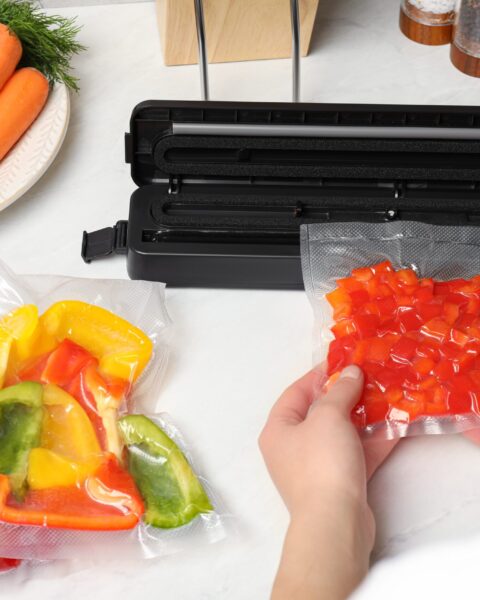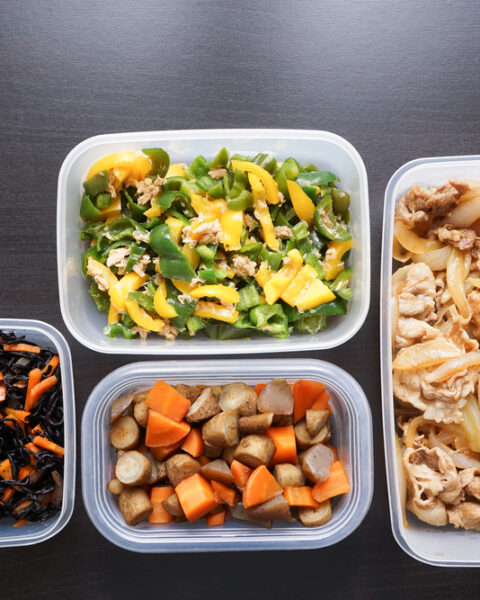Pairing wine with cheese is one of those simple pleasures that feels fancy but can easily go wrong without a little know-how. A mismatched pairing can leave you wondering what went wrong, even with the best intentions. The good news? With a few tips, you can avoid common pitfalls and make your wine and cheese game something to remember. Let’s talk about the mistakes people often make and how to fix them.
Contents
- 1 Pairing Tannic Red Wines with Delicate Cheeses
- 2 Serving Cheese Too Cold
- 3 Overcomplicating Pairings with Too Many Flavors
- 4 Neglecting Regional Pairings
- 5 Ignoring the Cheese’s Texture
- 6 Pairing Sweet Wines with Strong Cheeses
- 7 Serving Wine at Inappropriate Temperatures
- 8 Overlooking Sparkling Wines
- 9 Not Cleansing the Palate Between Tastings
- 10 Assuming All Cheeses Pair Well with Red Wine
- 11 Disregarding Personal Preferences
- 12 Pairing Acidic Wines with Tangy Cheeses
- 13 Ignoring the Age of the Cheese
- 14 Forgetting to Consider Saltiness
- 15 Serving Only One Wine Option
- 16 More From RetailShout
- 17 10 Fresh Aldi Finds to Kick Off January 2025
- 18 10 Mouthwatering Baby Back Ribs Recipe for Grilling or Baking Perfection
Pairing Tannic Red Wines with Delicate Cheeses
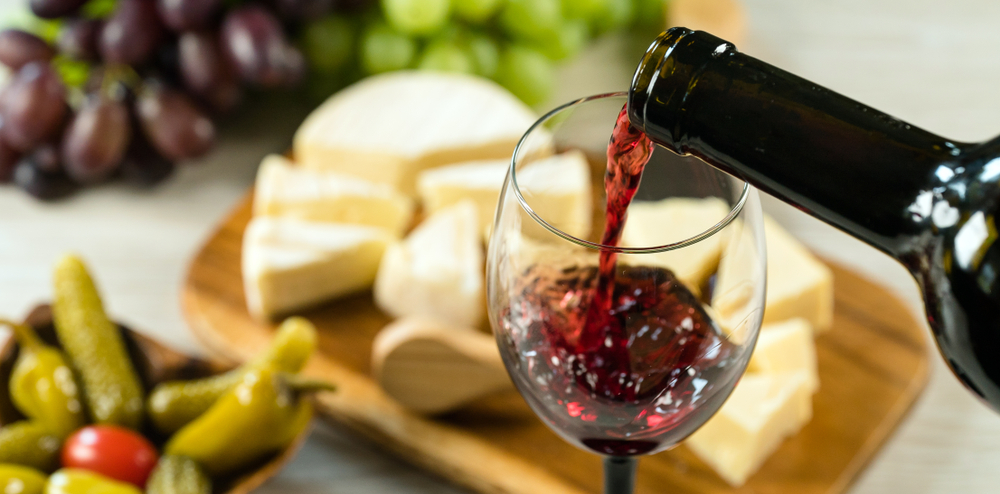
Robust, tannic red wines like Cabernet Sauvignon can easily overpower mild cheeses. The strong tannins may clash with the subtle flavors, leading to an unbalanced taste. Delicate cheeses are better complemented by lighter wines that won’t overshadow their nuances. Opting for a light-bodied red or a crisp white can create a more harmonious pairing. This approach ensures that both the wine and cheese can be appreciated fully.
Serving Cheese Too Cold

Cheese served straight from the refrigerator lacks the depth of flavor it achieves at room temperature. Cold temperatures can mute the cheese’s aromatic qualities, diminishing the tasting experience. Allowing cheese to sit out for about an hour before serving enables its full character to emerge. This practice enhances the interplay between the cheese and the accompanying wine. Proper serving temperature is key to a successful pairing.
Overcomplicating Pairings with Too Many Flavors
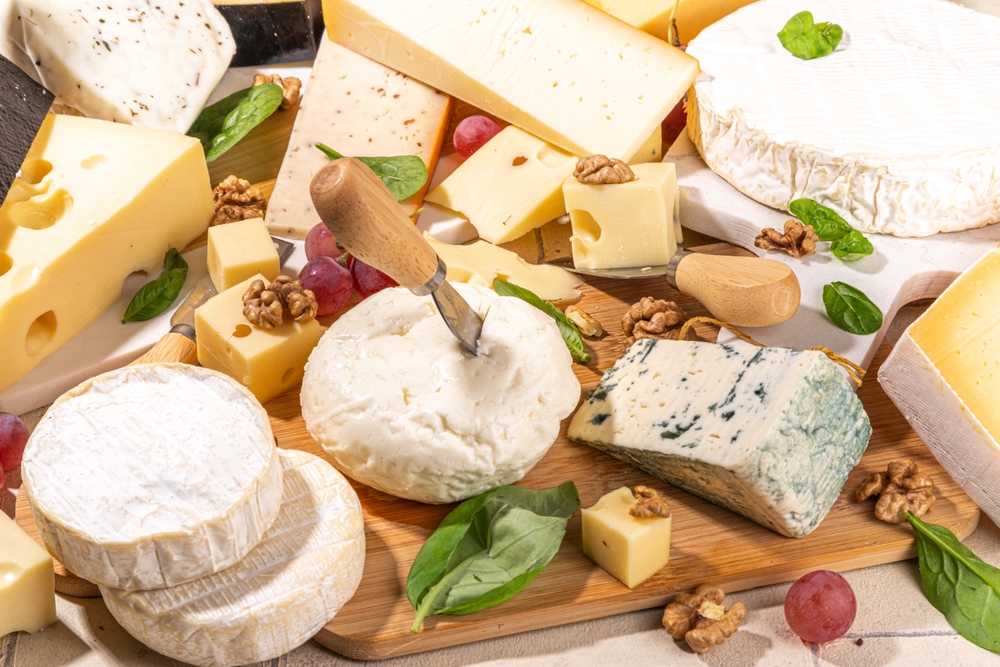
Introducing an excessive variety of cheeses and wines can overwhelm the palate. Complex combinations may lead to confusion rather than enjoyment. Focusing on a select few pairings allows for a more refined and enjoyable tasting experience. Simplicity often leads to better appreciation of the individual flavors. Thoughtful selection is more impactful than sheer quantity.
Neglecting Regional Pairings

Wines and cheeses from the same region often share complementary characteristics. Overlooking these traditional pairings can result in mismatched flavors. For instance, a French Brie pairs excellently with Champagne from the same area. Exploring regional combinations can uncover time-tested harmonies. This approach roots the pairing in cultural and geographical contexts.
Ignoring the Cheese’s Texture
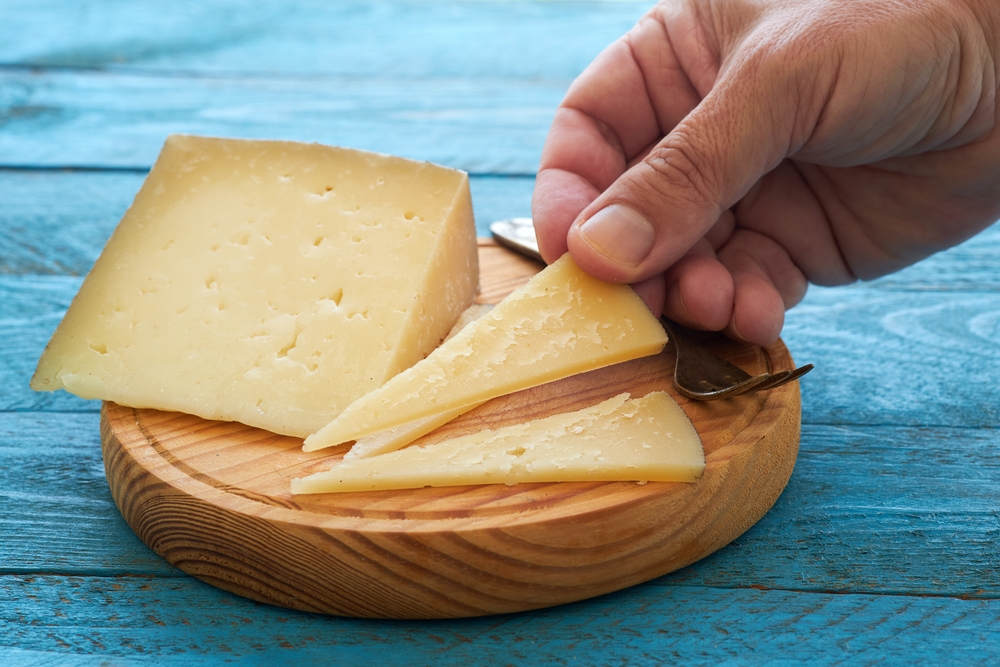
The texture of cheese plays a significant role in pairing decisions. Soft, creamy cheeses may clash with high-tannin wines, creating an unpleasant mouthfeel. Conversely, hard cheeses can stand up to more robust wines. Considering texture ensures that the wine complements the cheese’s physical characteristics. This mindfulness leads to a more cohesive tasting experience.
Pairing Sweet Wines with Strong Cheeses
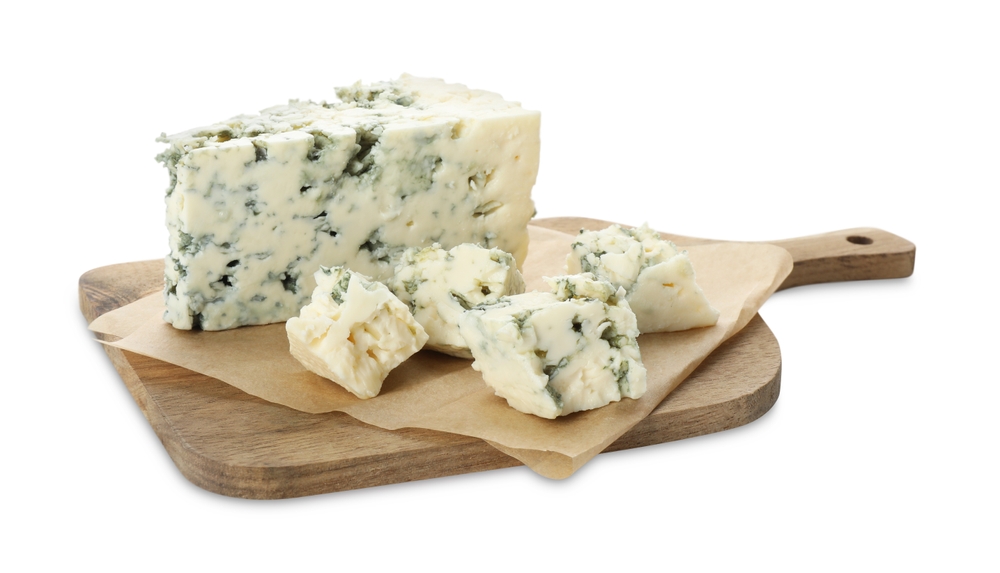
Sweet wines can be overwhelmed by intensely flavored cheeses. The strong taste of the cheese may mask the wine’s sweetness, leading to an unbalanced pairing. It’s generally better to match sweet wines with milder cheeses to maintain harmony. This balance allows both the wine’s sweetness and the cheese’s flavor to shine. Thoughtful pairing enhances the enjoyment of both elements.
Serving Wine at Inappropriate Temperatures
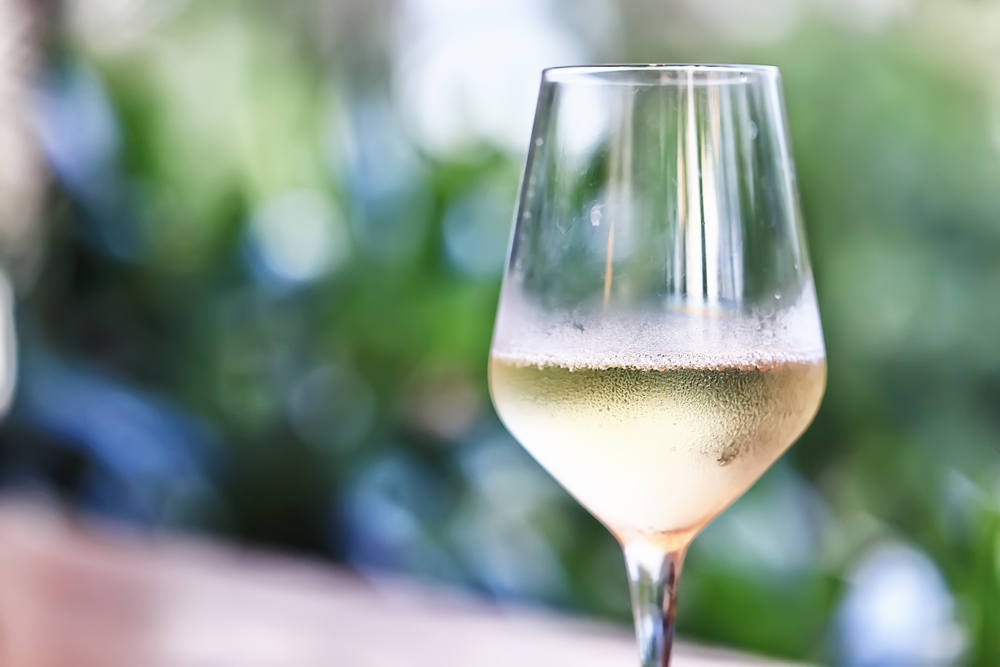
The temperature of the wine significantly affects its taste and its interaction with cheese. Serving white wines too cold can dull their flavors, while reds served too warm may taste overly alcoholic. Ensuring wines are at their optimal temperatures enhances the pairing experience. Proper temperature brings out the best in both the wine and the cheese. Attention to this detail reflects a thoughtful approach to pairing.
Overlooking Sparkling Wines

Sparkling wines are often underestimated in cheese pairings. Their acidity and effervescence can cut through rich, creamy cheeses, creating a refreshing balance. Neglecting bubbly options means missing out on versatile pairing opportunities. Incorporating sparkling wines can elevate the tasting experience. They offer a unique palate-cleansing effect that enhances enjoyment.
Not Cleansing the Palate Between Tastings
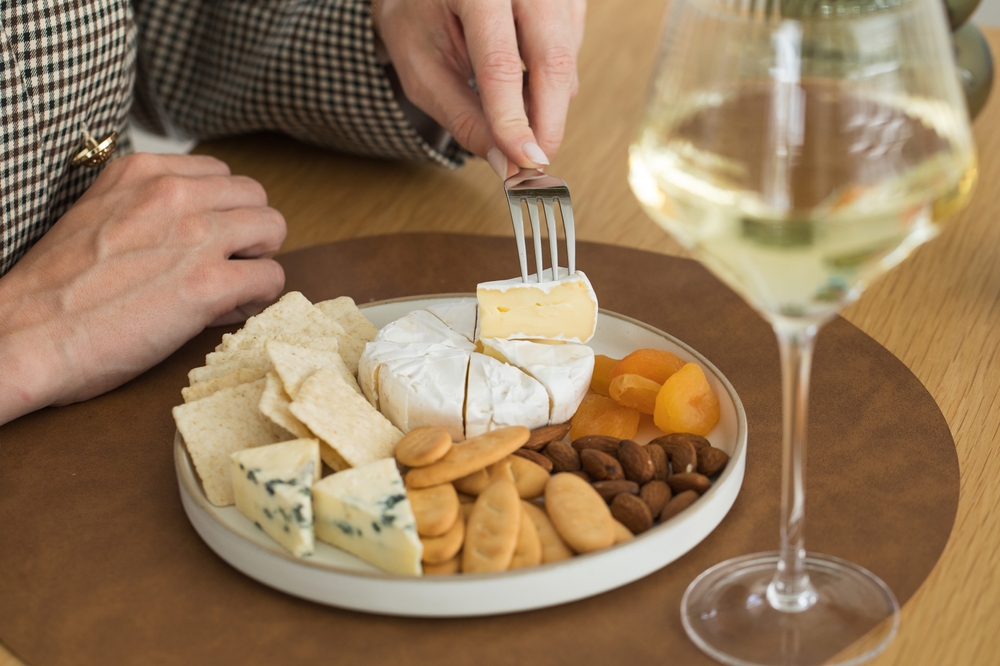
Tasting multiple cheese and wine pairings without cleansing the palate can lead to flavor muddling. Residual tastes may interfere with the appreciation of subsequent pairings. Using neutral foods like bread or crackers helps reset the palate. This practice ensures each pairing is experienced distinctly. Maintaining a clean palate is essential for accurate tasting.
Assuming All Cheeses Pair Well with Red Wine
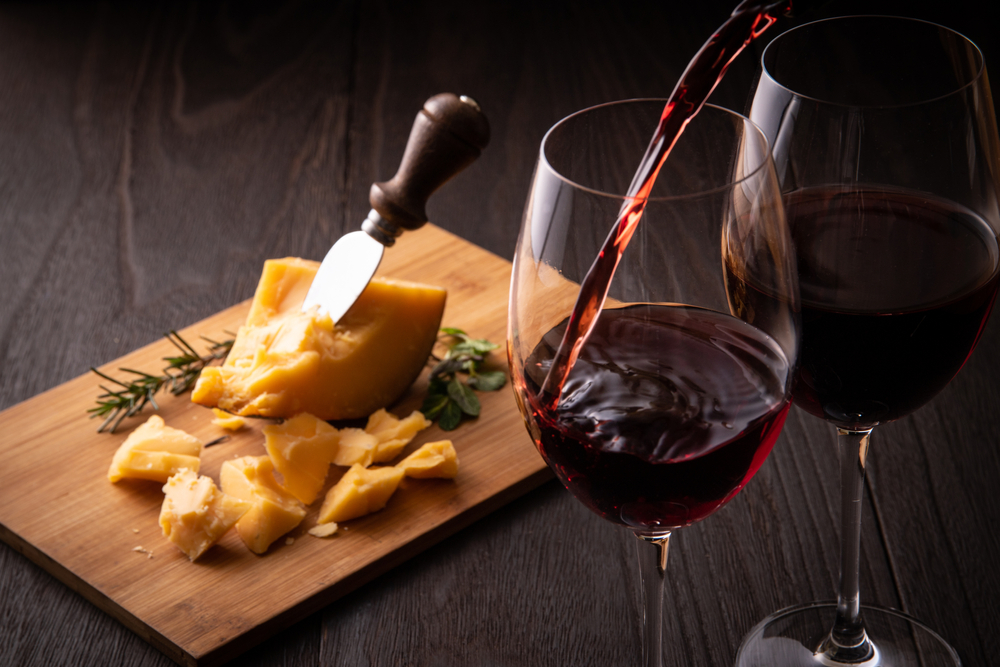
It’s a common misconception that red wine universally pairs well with all cheeses. In reality, many cheeses, especially soft and creamy varieties, pair better with white wines. The acidity and lighter profile of whites can complement cheeses without overpowering them. Exploring white wine options can lead to more successful pairings. This openness broadens the scope of enjoyable combinations.
Disregarding Personal Preferences

Strictly adhering to pairing guidelines without considering personal taste can diminish enjoyment. Individual preferences play a crucial role in the perception of flavors. Being flexible and attentive to one’s own palate leads to more satisfying experiences. After all, the ultimate goal is personal enjoyment. Trusting your taste buds is key to a successful pairing.
Pairing Acidic Wines with Tangy Cheeses

Combining high-acid wines with tangy cheeses can result in an overly sharp taste. The acidity in both the wine and cheese may amplify each other unpleasantly. Balancing acidic wines with less tangy cheeses creates a more pleasant harmony. This consideration prevents overwhelming flavors from dominating the pairing. Thoughtful balance is crucial for creating enjoyable combinations.
Ignoring the Age of the Cheese
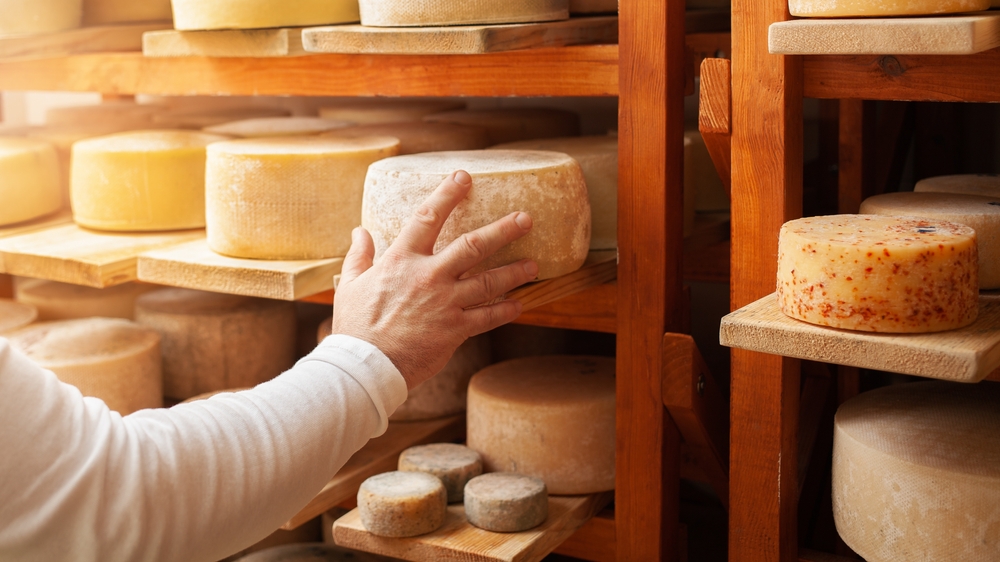
The age of a cheese significantly impacts its flavor intensity. Younger cheeses are milder, making them better suited to light-bodied wines. Conversely, aged cheeses with robust, bold flavors pair well with fuller-bodied wines. Overlooking this factor can result in mismatched intensity between the wine and cheese. Matching age with wine strength enhances the overall experience.
Forgetting to Consider Saltiness
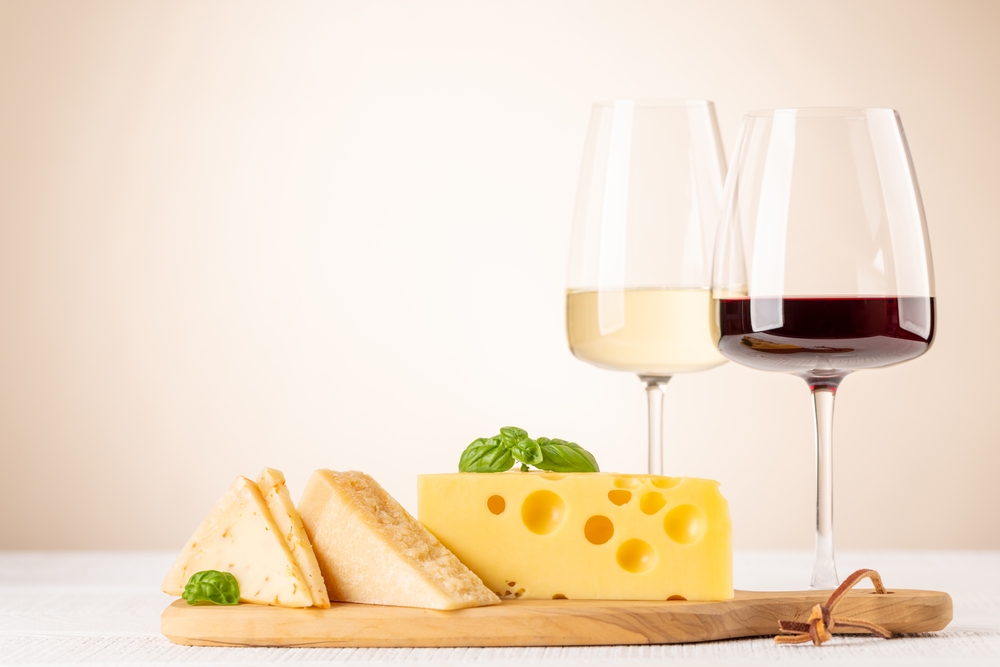
Salty cheeses, such as blue cheese or aged cheddar, interact uniquely with wines. Saltiness can enhance the sweetness in wines, making dessert wines like Port an excellent match. Ignoring this dynamic can lead to pairings that feel disjointed. Complementing salty cheeses with sweet or rich wines balances their intense flavors. This pairing approach highlights both the cheese and wine’s best qualities.
Serving Only One Wine Option
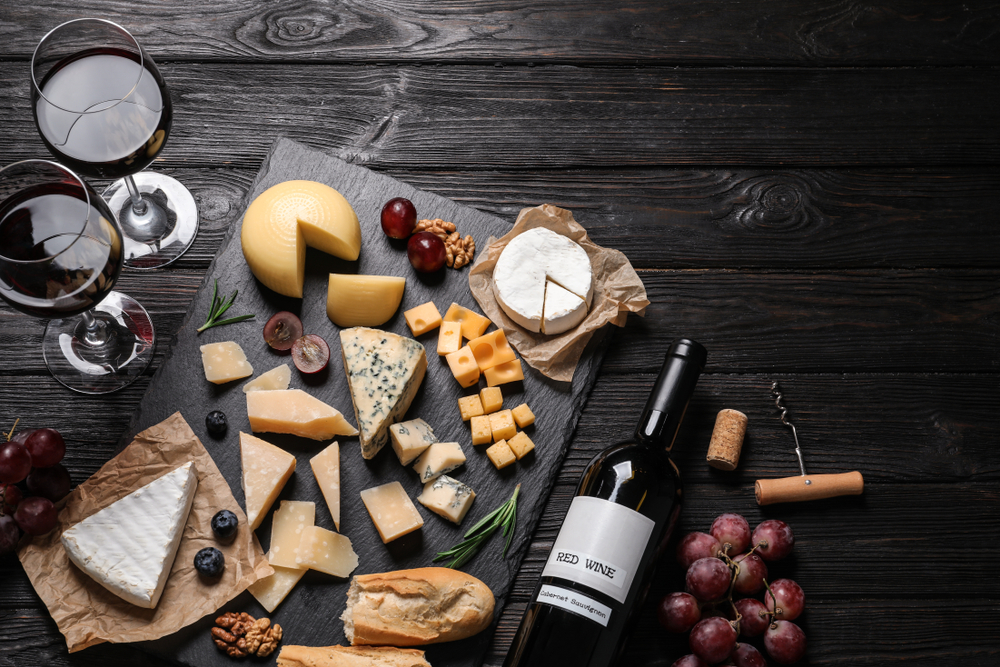
Limiting guests to a single wine option reduces pairing flexibility. Not all cheeses complement the same wine, so offering variety caters to diverse tastes. Including both red and white wines broadens the range of successful pairings. Experimenting with different wines encourages exploration and enjoyment. Variety is a simple way to elevate any wine and cheese event.
This article originally appeared on RetailShout.
More From RetailShout
15 Seasonal American Comfort Foods to Warm You Up This Winter
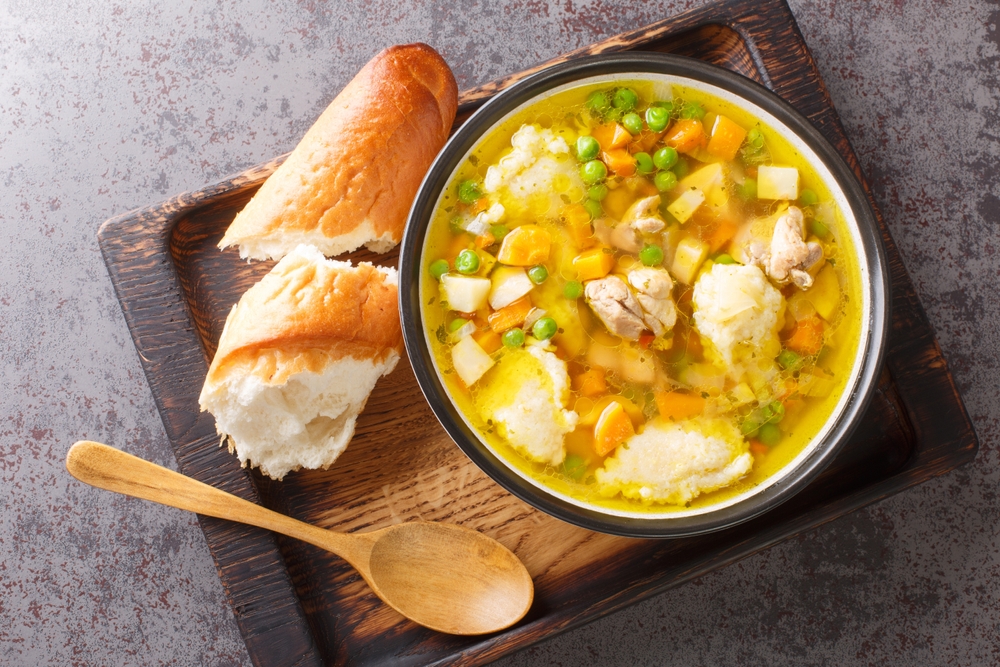
Winter is here, and there’s no better way to warm up than with comforting, hearty meals. From creamy soups to savory stews, seasonal American comfort foods offer the perfect way to enjoy the chilly season. Read More.
10 Fresh Aldi Finds to Kick Off January 2025
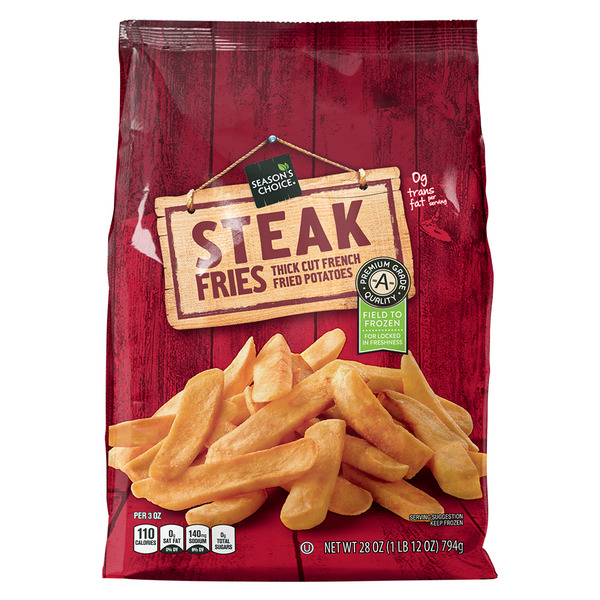
Start the new year with some exciting finds at Aldi that’ll make January feel a little brighter. From hearty snacks to cozy meal options, Aldi has something special to keep your pantry stocked and your taste buds happy. Read More.
10 Mouthwatering Baby Back Ribs Recipe for Grilling or Baking Perfection
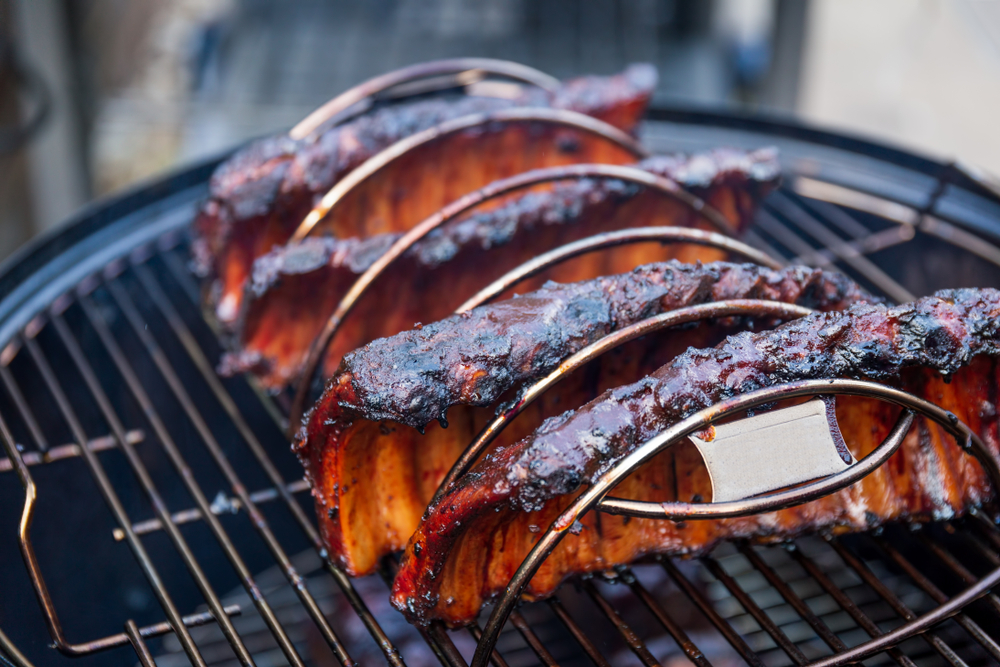
Grilling or baking baby back ribs is one of the best ways to bring out their tender, juicy goodness with a variety of delicious flavors. Whether you’re a fan of tangy, spicy, or sweet, there’s a perfect recipe for every taste. Read More.

